Table of Contents
Photochemical Reactions:
Photochemical reactions are of many types including oxidation, reduction, decomposition, hydrolysis, polymerization, etc. All these reactions may be brought about by exposure to radiations of suitable wavelengths. In all these reactions, a part of the radiant energy supplied to the system is converted into the free energy of the products.
To understand the mechanism of photochemical reactions completely, the following topics need to be discussed:
- Primary and Secondary Processes.
- Kinetics of Photochemical Reactions.
Experimental investigations have shown that Φ is unity for a few reactions and is less than one for a large number of reactions. Φ is also very much greater than one for a large number of reactions. The low value of Φ indicates that all the activated molecules do not give photo products, but some get deactivated by other means. A high value of Φ is due to secondary processes in which photoproducts enter into thermal (or) dark reaction with reactant molecule, so increase the number of moles of reactants consumed.
Primary Process:
The first step in a photochemical reaction is the absorption of radiation by the molecule giving rise to the formation of an excited molecule.

The absorption of radiation by an atom or molecule to form an excited state is called the primary process.
The excitation of molecules has four possibilities:
Type I: Energy absorbed raised the molecule to an excited state which is unstable. In this case, the molecule breaks up into atoms or radicals i.e., dissociation of the molecule takes place. The continuous spectrum is obtained without any fine structure in this case.

Type II: The electronic transition is from a stable ground state to a stable excited state. There will be no direct dissociation of the molecule. The discontinuous spectrum is obtained with a fine structure.

Type III: The molecule is raised to a higher level. The energy gained is more than binding energy. Therefore, the molecule will undergo dissociation. The continuous spectrum is obtained.

Type IV: Transition occurs from the lower energy level to the stable upper level. But during the vibration, the molecule may shift from a stable state to an unstable state. When such a shift takes place, the molecule would dissociate producing atoms or radicals. This type of behavior is called predissociation.
In the region of predissociation, rotational lines are absent and the rotational bands have diffused appearance.

Secondary Process:
The activated molecules or the products of the primary process may react with other molecules to form products or the activated molecules may emit radiation of either the same or of different frequency. These processes are known as secondary processes.
In the light of above discussion, the mechanism of some important photochemical reactions is given below:
(1) Photochemical decomposition of hydrogen iodide in the gaseous phase (Photolysis of hydrogen iodide)- On exposure to radiations having a wavelength in the range 207-253 nm, the decomposition of hydrogen iodide takes place.

The quantum yield of the reaction is 2. This has been explained with the help of the mechanism given below:
Mechanism:

is ruled out because reaction (iv) is endothermic and takes place slowly and reactions (v) and (vi) are highly exothermic. The heat produced results in the dissociation of the products of these reactions. The overall reaction is, therefore, obtained by adding reactions (i), (ii), and (iii) is
| 2HI + hν ———> H2 + I2 |
Thus for every one quantum of light absorbed, two molecules of HI are decomposed. Hence the quantum yield of the reaction is 2.
(2) Photochemical combination of hydrogen and bromine to form HBr- When a mixture of hydrogen and bromine is exposed to radiations having 450-550 nm, they combine to form hydrobromic acid and the reaction may be represented as:
| H2 + Br2 ———> 2HBr |
Mechanism:

The bromine atoms formed in primary process step (i) attack the hydrogen molecule yielding hydrogen bromide and a hydrogen atom. The hydrogen atom then attacks bromine forming another molecule of hydrogen bromide and another bromine atom. As a result, reactions (ii) and (iii) should repeat again and again, i.e. a chain reaction should be set up and the quantum yield of the reaction should be very high. However, in actual practice, the quantum yield is very low. This is explained as follows:
Step (ii) is highly endothermic and requires high energy of activation. This step is, therefore, very slow at ordinary temperatures. Step (iii) which depends upon step (ii), therefore, is also slow. Step (iv) which is the reserve of step (ii), becomes increasingly important and the rate of formation of HBr decreases. Step (v) is the only important secondary process in which the bromine atoms recombine to form Br2 molecules readily. It is just the reversal of the primary process. As a result, the quantum yield of the reaction is very low at ordinary temperatures.
(3) The hydrogen-chlorine reaction- When a mixture of hydrogen and chlorine is exposed to visible or ultra-violet light of wavelength less than 480 nm, a fast reaction takes place resulting in the formation of hydrogen chloride.

The quantum yield of the reaction is exceptionally high (104 to 106). The presence of oxygen slows down the rate of the reaction and lowers the quantum yield also.
The extremely high quantum yield can be explained by the chain mechanism as follows:
Mechanism:

The primary process in the hydrogen-chlorine reaction is called the chain-initiating step. The reactions (ii) and (iii) are called chain-propagating steps and the reaction (iv) is called chain-termination step.
The steps (ii) and (iii) get repeated giving rise to a chain reaction. According to the mechanism proposed above, there is a possibility of the formation of an infinite number of molecules of HCl due to the absorption of a single quantum of radiation. The reaction stops when the Cl atoms left off combine with each other to form Cl2 according to step (iv). This reaction takes place on the walls of the reaction vessel.
The reason for the high quantum yield is that steps (ii) and (iii) are repeated a large number of times before the chain termination.




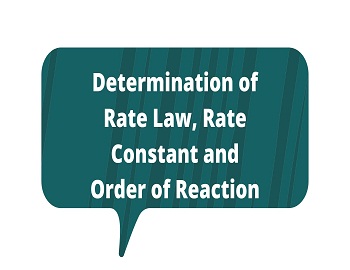
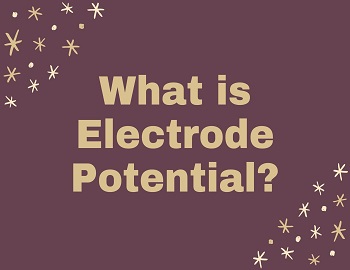
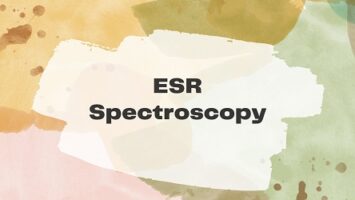
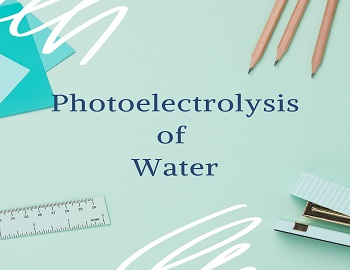
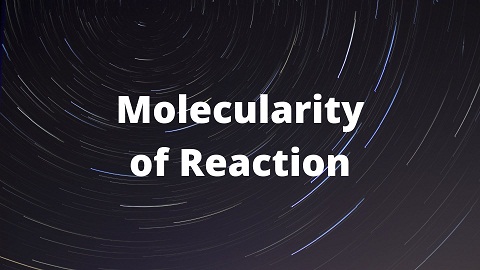
Comments (No)